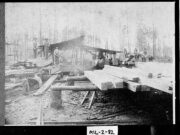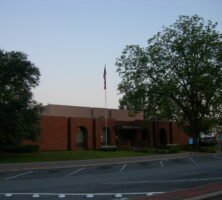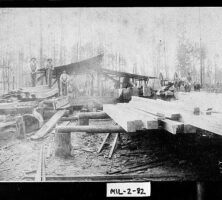Miller County, the state’s 117th county, was created by the state legislature in 1856 out of portions of Early and Baker counties. Located in southwest Georgia, close to the Alabama border, it is bounded by Baker, Decatur, Early, Mitchell, and Seminole counties and encompasses 283 square miles.
The county was named for attorney Andrew Miller, who served in the state senate and later became president of the Medical College of Georgia (later Georgia Health Sciences University) in Augusta.
Colquitt was designated as the county seat in the same year as the county’s founding. The city was named after Walter T. Colquitt, a clergyman, attorney, and judge, who served in the U.S. Senate from 1843 to 1848. The county’s first courthouse, built in Colquitt, was replaced once and then burned twice before the current structure was completed in 1977. While Colquitt remains the only incorporated city in Miller County, there are twenty other small communities.
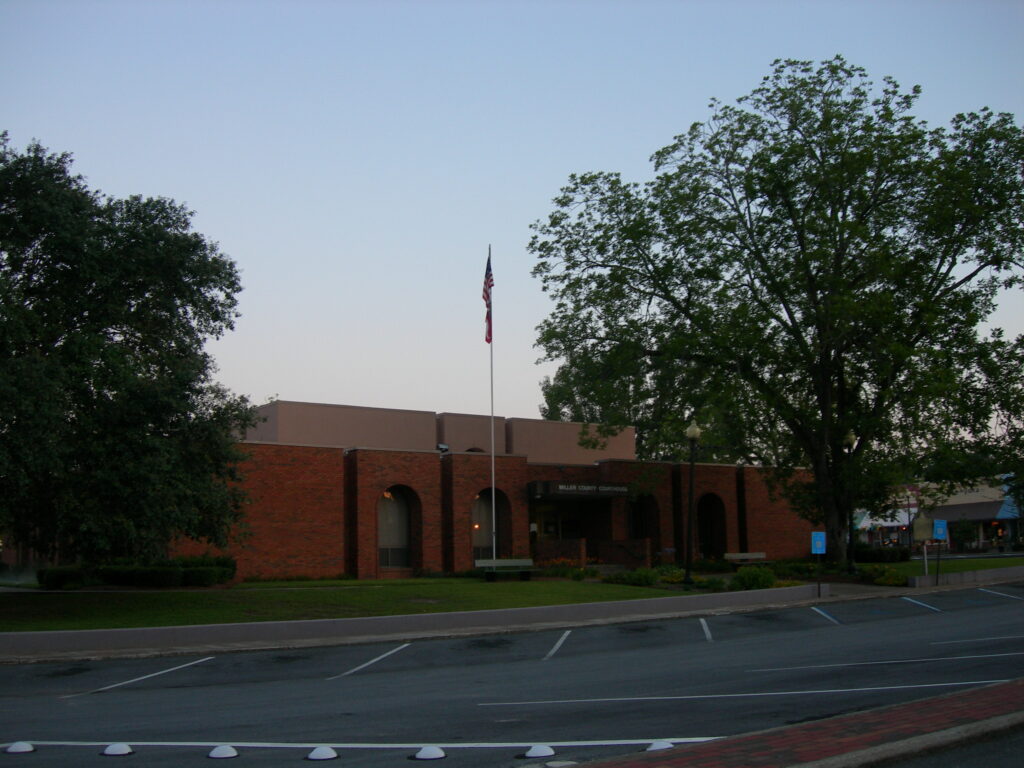
Creek Indians were the earliest known inhabitants. White explorers first came through the area with Hernando de Soto in 1540, while the first known white settlers arrived in 1817. By 1860 the county had nearly 1,800 inhabitants. The population reached a high of 9,998 in 1940 before losing more than a third of its population during the next fifty years.
Agriculture remains the primary occupation in Miller County, although over time agriculture has become agribusiness. In 1830 crops included cotton, corn, sugarcane, and sweet potatoes—cane-grinding and syrup-making were neighborhood social events. By 1900 cotton was still a main crop, but farmers had turned from agricultural crops to naval stores like rosin, turpentine, and lumber. Mechanization spurred the growth in farms from an average of 107 acres at the turn of the twentieth century to plantation-size holdings. In the 1930s forestry also became part of an agribusiness geared toward the production of paper. The county has 62,900 acres of forest.
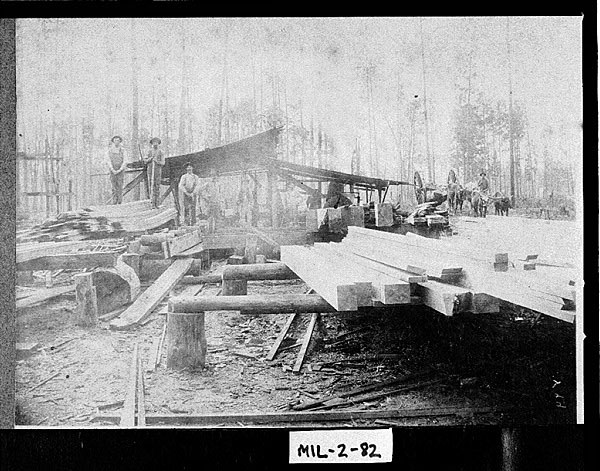
In 1968 the first pivotal irrigation system was installed, and today 66,000 acres in Miller County are watered by irrigation systems. In 1996 the Cooperative Extension Service helped introduce a life-changing crop improvement: transgenic cotton. Transgenic cotton is modified to produce a toxin lethal to tobacco budworms and corn-ear worms, the primary cotton pests since the eradication of the boll weevil in the early 1990s. Ninety percent of the cotton planted in Miller County in 2003 was transgenic.
At the turn of the twenty-first century, cotton, peanuts, and corn for grain were the top crops in Miller County, which today ranks fourth in total peanut production in Georgia.
Miller County is home to Georgia’s official folklife play, Swamp Gravy. The ever-changing play is regularly scheduled at the historic Cotton Hall in Colquitt, which also houses the Museum of Southern Cultures. Storytelling circles are also popular because of the play. The Swamp Gravy Institute, an arts service organization formed as an outgrowth of the play, is a consulting and training unit of the Colquitt-Miller Arts Council. The Mayhaw Festival, honoring the tart south Georgia fruit, is held in April at Spring Creek Park, which also contains ecologically fragile wetlands.
The ongoing Millennium Murals Project, funded by public and private sources, has become a community beautification project. Using walls on area schools and business establishments, project designers pair artists with local middle and high school students, teachers, and community members. The murals depict stories told by locals about community happenings.
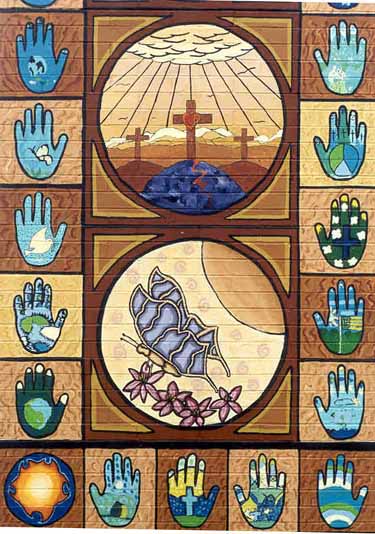
According to the 2020 U.S. census, the population of Miller County was 6,000.


